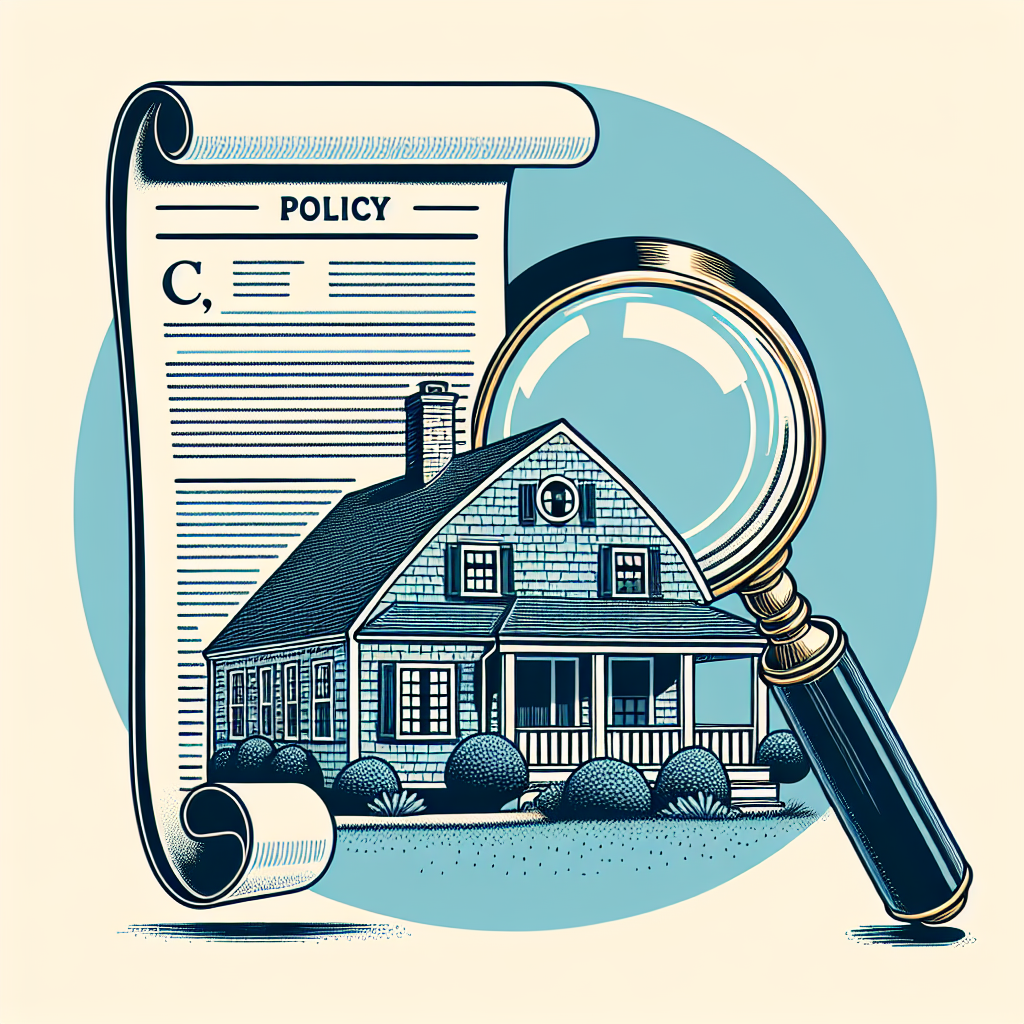Filed under Home Insurance on
Understanding Personal Property in Home Insurance Coverage

Home insurance is a crucial component of financial security for homeowners, offering protection against numerous perils. Among its facets, understanding personal property coverage is essential. This type of coverage provides financial recompense for personal belongings in the event of theft, damage, or loss due to insurable incidents like fire or severe weather. Through this comprehensive guide, we will delve into the particulars of personal property in home insurance coverage, breaking down its significance, coverage limits, and considerations to help you make informed decisions.
What is Personal Property Coverage?
Personal property coverage is a component of standard home insurance policies that protects the contents of your home. This includes items like clothing, electronics, and furniture. Essentially, it encompasses all the things that you move into your home when you relocate. Typically, personal property coverage is a percentage of your dwelling coverage—often around 50-70%. Understanding personal property in home insurance is pivotal to ensuring you're adequately prepared for potential losses.
Limits of Personal Property Coverage
While personal property coverage offers considerable protection, it's vital to understand its limitations. Policies generally impose limits on how much they will pay for specific high-value items. Here are some common categories where special limits often apply:
- Jewelry and accessories
- Electronics and computers
- Firearms
- Art and collectibles
- Cash and currency
Exceeding these limits might require purchasing additional riders or endorsements. In understanding personal property in home insurance, recognizing these limits helps homeowners decide if their current coverage is sufficient or if supplemental coverage is necessary.
Replacement Cost vs. Actual Cash Value
Home insurance policies typically offer two options for reimbursing personal property claims: Replacement Cost Value (RCV) and Actual Cash Value (ACV). RCV covers the cost to replace items with new ones of like kind and quality, whereas ACV reimburses the depreciated value of the items. Understanding personal property coverage means knowing which of these options your policy offers, as they significantly impact the amount you receive following a loss.
Replacement Cost Value (RCV)
Opting for RCV ensures you receive funds sufficient to purchase new items comparable to those lost or damaged. This choice protects against depreciation, making it a preferred option for those wanting to adequately cover the cost of replacing their belongings. However, it often comes with higher premiums.
Actual Cash Value (ACV)
On the other hand, ACV accounts for depreciation, which can lead to lower payouts. While it results in lower premiums, it may fall short in providing enough compensation to replace items fully. Understanding personal property coverages means evaluating which option aligns with your financial strategy and the value of your belongings.
Commonly Covered Perils
The range of incidents covered by personal property insurance typically includes:
- Fire and smoke damage
- Theft and burglary
- Vandalism
- Water damage from internal sources, such as pipe bursts
- Weather events like windstorms or hail
Understanding personal property in home insurance requires awareness of included perils, as policyholders can take this knowledge into account when fortifying their homes against risks. However, coverage varies by provider and location, so a thorough review of your policy is crucial.
Special Considerations for High-Value Items
Standard home insurance may not comprehensively cover high-value possessions like rare art collections, expensive jewelry, or vintage items. Understanding personal property requires thoughtful consideration of these valuables' particular needs. Adding endorsements to your policy or obtaining separate policies for such items can ensure they're sufficiently insured.
Conducting a Home Inventory
A home inventory is an exhaustive list of personal property in your home. It includes model numbers, purchase dates, and original pricing, all of which are vital in the claims process. Regularly updating this inventory ensures you have accurate records in the event of a loss. This step is crucial in understanding personal property coverage, as it affects claims efficiency and accuracy.
Steps to Create a Comprehensive Home Inventory
- Document all items room by room to ensure no belongings are overlooked.
- Include as many details as possible, such as serial numbers, receipts, and photos.
- Store a digital copy in the cloud for easy access from anywhere.
- Update the inventory regularly, especially after significant purchases.
Not only does this process expedite claims, but it also aids in determining the adequacy of your personal property coverage levels.
Common Exclusions to Be Aware Of
While personal property coverage is comprehensive, certain exclusions commonly exist within policies. Understanding personal property insurance involves knowing what isn’t typically covered, which could include:
- Damage from earthquakes and floods (often requiring separate policies)
- Wear and tear or maintenance-related issues
- Government actions, such as confiscation
- Pest-related damage
A complete understanding of these exclusions helps avoid unexpected surprises following a loss and assists in the decision to purchase additional policies if needed.
Industry Trends Influencing Personal Property Coverage
The home insurance industry is constantly evolving, driven by factors such as technology, climate change, and consumer behavior. Staying informed about these trends is essential for understanding personal property in home insurance:
- Increases in natural disasters are prompting homeowners to seek comprehensive coverage, particularly for items affected by incidents outside standard perils.
- Technological advancements, such as smart home integration, could affect the categories and value of personal property that homeowners need to cover.
- Personalization of insurance through apps and digital platforms is leading to more tailored, user-friendly policies and inventories.
As the market changes, homeowners must remain proactive in adjusting their coverage to meet new demands and risks.
Expert Opinions on Personal Property Coverage
Industry experts highlight the importance of maintaining a well-rounded insurance policy for personal property. James Smith, a seasoned insurance consultant, advises, "Don't overlook the potential value within your home. Even seemingly insignificant items can amount to significant losses in total." Understanding personal property insurance is about appreciating every aspect of coverage and its potential implications.
Moreover, experts emphasize the utility of endorsements for safeguarding high-value items, as standard policies rarely suffice for unique collections or heirlooms. Maintaining open communication with your insurance provider can streamline updates to your coverage, catering to evolving needs.
Conclusion
Understanding personal property in home insurance is a critical step in protecting your finances and belongings. By thoroughly analyzing policy limits, updating home inventories, and considering additional endorsements for high-value items, homeowners can enjoy peace of mind knowing their possessions are safeguarded. Remember, knowledge is power, and being informed about your insurance coverage is an investment in your future.





